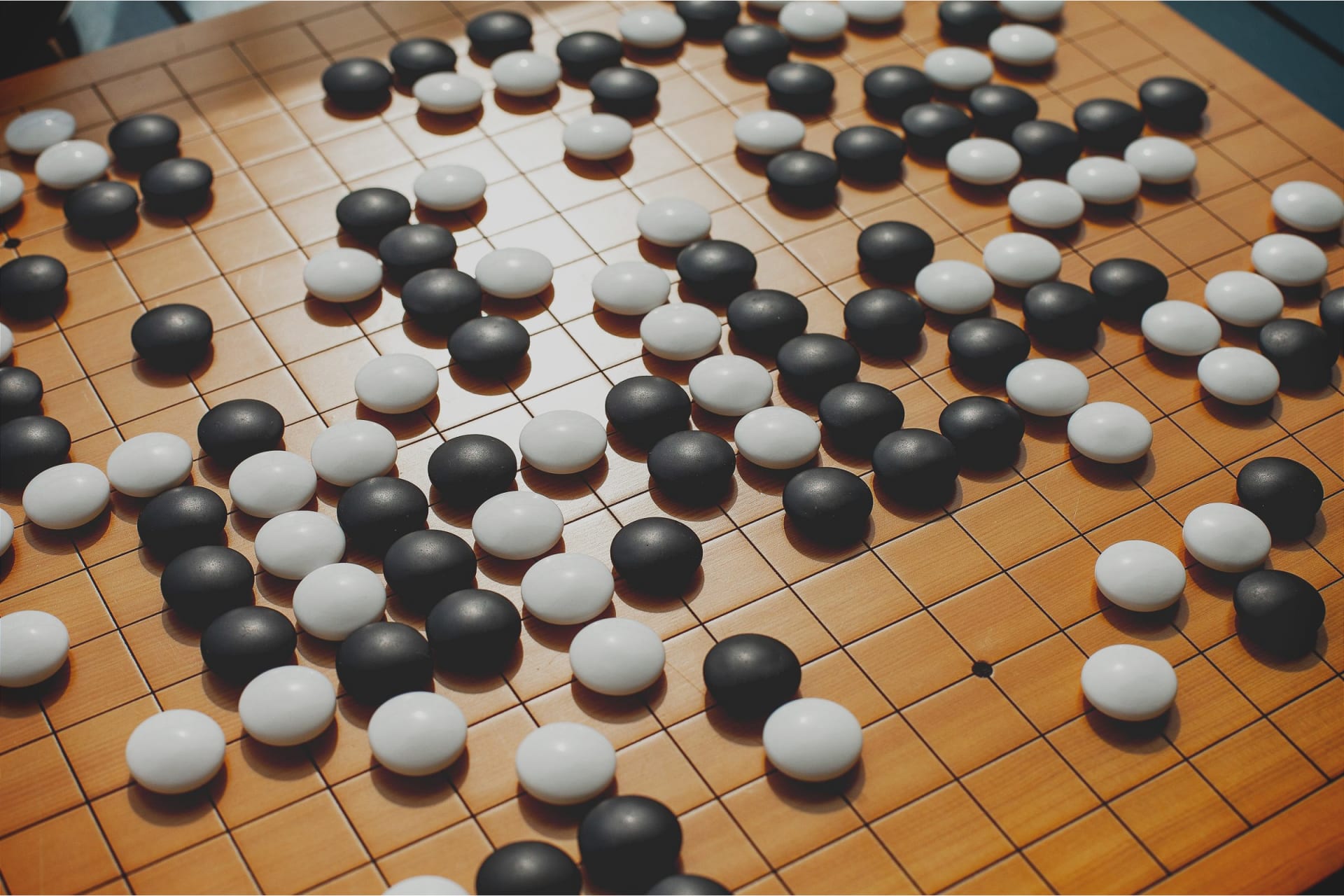If you’ve been wondering how to learn how to play Go, there are many resources available for you to get started. These resources cover the basics, including the rules, equipment, and general strategy. You’ll also discover more about the game’s cultural background and history. If you’re interested in learning how to play the game on a 9×9 board, Igowin for Windows and Igowin Tutor are great options.
Basic rules
The game of Go has a basic set of rules. To play, a player has to place a stone on one of the vacant points on the board. When placing a stone, the player should consider the direction of the stones, which must not be a diagonal. The player can also capture another player’s stone, which he or she must then keep as a prisoner. Go is played on a board with 19 lines that run horizontally and vertically. Each player is assigned a specific number of stones to start the game with.
The basic rules of go are not universal, but they have undergone some variation over the centuries. In East Asia, the game has several variations. The rules in China and Japan differ in many ways, including how the game is scored and how the game ends. However, some basic rules remain the same, regardless of country. Here is a brief overview of some of the main differences in Chinese and Japanese rules. These differences will help you understand the game better.
Go is one of the oldest games in the world. The rules are simple to understand, and the game can take years to master. To play Go effectively, you must practice the game. Practice is essential in learning the patterns and strategies. Playing the game regularly is the best way to learn them. So, if you want to master the game, start by learning the basics and playing against a friend or two. After that, you can move on to more advanced strategies.
General strategy
A general strategy for playing Go is to capture your opponent’s stones while expanding your territory. You can do this by attacking groups with weaker health and by carefully selecting your own moves. In addition to capturing the opponent’s stones, you should also pay attention to your own life status, as the liberties of a group are limited. Capturing races are situations in which two opposing groups must capture each other’s stones. The group that has more liberties is more likely to capture the stones of its opponent.
One of the most important aspects of the game is understanding the scoring system. There are different rule sets and scoring systems for playing the game, such as the Japanese, Chinese, and New Zealand rule sets. Occasionally, game servers don’t program the rules properly, which causes some problems. Some sites, such as Yahoo, offer the option to dispute the scoring, turning a game into no pass Go. Nevertheless, these situations are extremely rare and are best avoided if possible.
Moreover, learning the rules isn’t difficult. Even though Go is a simple board game, it involves complex tactics and strategies. A player will typically seek guidance from another player to help them determine the best way to play. Tactics of the game are based on classifications of stones, which are a key concept in Go strategy. Learning the rules isn’t difficult, but it does require study and practice. Learning the rules and patterns requires practice.
Eye spaces
Learning how to play go begins by recognizing the importance of the two eye principle. In the game of go, two eyes are important for the long-term survival of a group of stones. Life and death are interconnected, and the ability to fend off assaults is an essential part of survival. In fact, life is essentially synonymous with the ability to form two eyes when challenged. Though the two eye principle isn’t logically equivalent, it is an important aspect of the game.
When learning how to play Go, the first rule is to remember that the group with two eyes is a safe group. If a group has two eyes, it is impossible for the opponent to capture the group without first playing at m. The next rule is that if two eyes are in a group, it is considered a live group. Otherwise, it is a dead group. It is crucial to understand the concept of “eye spaces” if you want to understand how to play go.
Equipment
The Go equipment is versatile and multipurpose. Besides white and black stones, it has 19 intersections and many other games. You can use it as a low-tech interface for games such as Conway’s Game of Life. In this game, the black stones represent pixels while the white ones indicate where new cells will grow. The new cells will replace dead black stones, which is called a generation. If you complete a generation, you will be able to replace the black stones with white ones again.
Origins
The origins of the Go programming language can be traced back to a decade ago, when production software was usually written in C++ or Java. GitHub and Eclipse didn’t exist and computers weren’t multiprocessors. Furthermore, there were few high-level development tools, including the popular Visual Studio and Eclipse, that were available for free. Today, though, the Go language is one of the most popular programming languages in the world, and its use is increasing at a rapid rate.
The history of Go is closely tied to the history of Unix, the dominant operating system in the world. Go’s standard library uses POSIX threads, UTF-8, and IP networking. Unix was originally developed by employees of Bell labs in 1969. In fact, Dennis Ritchie wrote the C language while working on Version 2 of Unix. In fact, he wrote most of the code that he later used in his Go code.
The goals of Go’s development were not only to develop a programming language that would be easy to learn and use, but also to create an environment for programmers to work in. The goal of Go was to be an efficient language that would empower working programmers to build tools, automate mundane tasks, and eliminate the barriers associated with working on a large code base. While there are many ways to learn Go, the purpose of this article is to give a brief look at the Go language’s goals.
Benefits
There are many benefits of playing Go, and not all of them are physical. This ancient board game encourages mental skills, such as patience, discipline, and open-mindedness. It helps young children develop these skills early on in life. In addition, this game has been proven to improve academic performance. So, if you’re looking for a fun way to improve your child’s academic performance, consider learning Go. It might be the perfect fit for your child.
As a strategy game, Go fosters mental discipline. It teaches students to think critically. While it’s not the most fun activity, it is extremely beneficial for students. In addition to providing an outlet for creative thinking, it can also help kids improve their focus and attention span. While learning the game, students may also benefit from its psychological benefits. For example, it fosters teamwork and concentration, two crucial skills in today’s world.
The game of Go is a great training ground for classical education. It’s a game of math and strategy. Each move involves placing a stone at a point where two lines intersect. A stone cannot be moved from this position unless it is captured by an opponent. The goal of the game is to control the most territory on the board. While it might seem like a simple strategy, it requires patience and analysis to win a game.

